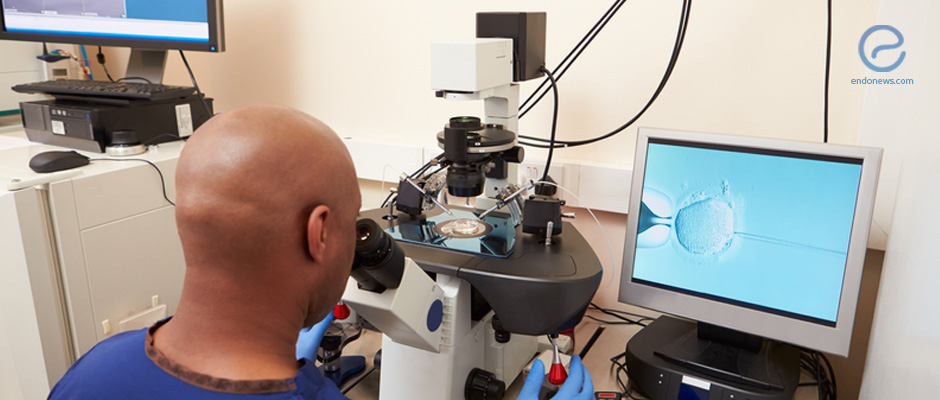Ovarian Reserve Depletion is not Time Sensitive
Oct 3, 2017
This study disproves the hypothesis that "ovarian reserve damage in women with endometriosis occurs over time".
Key Points
Highlights:
- This paper by Benaglia et al. examines the cause of ovarian reserve damage in women with endometriosis. The authors argue that his damage is time dependent and does not occur when the endometrioma first forms.
Importance:
- A depletion of ovarian reserve can lead to infertility. Understanding the rate of damage will allow researchers to create a timeline for patients with endometriosis, thus that they can utilize their various fertility options at the optimal times.
What’s done here?
- This retrospective study utilized the medical information of 29 females with unilateral cysts that underwent 2 IVF cycles minimum with at least six months between cycles.
- The variable measured in this study was ovarian responsiveness, which was defined as the total number of developed follicles in the two ovaries.
- Individuals were removed from the study if they:
- Became pregnant during the experimentation process.
- Developed new endometriomas while the experiment is ongoing.
- Had a surgical procedure in the time between the two IVF cycles.
- Changed their hormonal treatment in the time between the cycles.
- The quantitative data was evaluated by some statistical analyses.
Key results:
- The diameter of endometriomas had a mean of 26 mm and a standard deviation of 8 mm; 25 participants only had one endometrioma.
- After the first round of IVF, the mean number of follicles that developed in the affected area was 4.9 ± 2.5 (mean ± standard deviation), whereas the contralateral intact gonads had a follicle development number of 5.9 ± 2.4. After the second round of IVF, these values were 5.0 ± 2.9 for the affected area and 6.0 ± 2.8 for the contralateral intact gonads.
- The researchers also noted the median and interquartile range for the proportion of follicles that grew during the first phase and those values are 44% and 31-58% respectively. The same measurements were taken for the second phase, and the median was found to be 44% as well, whereas the interquartile range was 35-55%.
- Subgroup analysis revealed that time-related damage did not pose a significant risk for subgroups.
- Even though the authors’ hypothesis was disproven, they state that further testing is required before a conclusion can be reached. Further testing could entail recruiting participants with larger cysts and a longer experimentation time.
Limitations of the study:
- This study did not have a control against which the experimental group could be compared.
- Participants were recruited from one geographical region. This means that the conclusion reached might not be applicable at a global level.
Lay Summary
The European Journal of Obstetrics & Gynecology and Reproductive Biology recently published a paper titled “Is endometrioma-associated damage to ovarian reserve progressive? Insights from IVF cycles.” This publication by Benaglia et al. examines the controversial relationship between endometriosis and ovarian reserve damage. The authors believe that this aforementioned adverse relationship is influenced more over time than by the mere presence of an endometrioma.
This is a retrospective study that had 29 female participants with unilateral cysts. These participants received a minimum of 2 IVF cycles at least six months apart. The measured variable was the participant’s ovarian responsiveness over time, which was determined by the number of ovarian follicles that developed over time. Many external circumstances led to removal from the group. These include but are not limited to pregnancy, new endometrioma development, and surgical/medical therapies that occurred in the experimental time frame. It is important to note that the quantitative data from this experiment was subject to statistical analysis.
The results, namely the mean and median data, show that there is no time-related reduction regarding ovarian responsiveness. Even the data from the subgroups failed to show any relationship between time and ovarian reserve damage. Even though this experiment disproved the authors’ initial hypothesis, they believe that further experimentation over a larger period with larger cysts is required for a definitive conclusion to be reached.
Research Source: https://www.ncbi.nlm.nih.gov/pubmed/28881264
Endometrioma Ovarian Reserve IVF infertility

